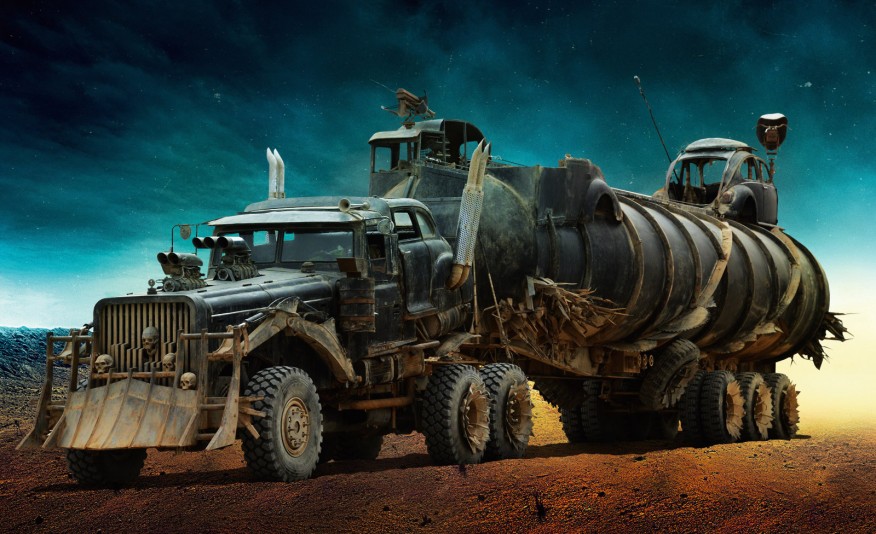Library/Smoking Room description
It was a
library. Tall,
black–rosewood bookcases, inlaid with copperwork, held on their wide
shelves a large number of uniformly bound books. These furnishings followed the contours of the
room, their lower parts leading to huge couches upholstered in maroon leather and curved for
maximum comfort. Light, movable reading stands, which could be pushed away or pulled
near as desired, allowed books to be positioned on them for easy study. In the center stood a huge table
covered with pamphlets, among which some newspapers, long out of date,
were visible. Electric
light flooded this whole harmonious totality, falling from four frosted half
globes set in the scrollwork of the ceiling. I stared in genuine
wonderment at this room so ingeniously laid out, and I couldn't believe my eyes….
I thanked Captain Nemo and approached the shelves of this library. Written in
every language, books on science, ethics, and literature were there in
abundance, but I didn't see a single work on economics—they seemed to be
strictly banned on board. One odd detail: all these books were shelved
indiscriminately without regard to the language in which they were written, and
this jumble proved that the Nautilus's captain could read fluently whatever
volumes he chanced to pick up. Among
these books I noted masterpieces by the greats of ancient and modern times, in
other words, all of humanity's finest achievements in history, poetry, fiction,
and science, from Homer to Victor Hugo, from Xenophon to Michelet, from
Rabelais to Madame George Sand. But science, in particular, represented the
major investment of this library: books on mechanics, ballistics, hydrography,
meteorology, geography, geology, etc., h… - Really keepsake in this room
Lounge Description
It was a huge quadrilateral with canted
corners, ten meters long, six wide, five high. A luminous ceiling, decorated with delicate
arabesques, distributed a soft, clear daylight over all the wonders
gathered in this museum. For a museum it truly was, in which clever hands had
spared no expense to amass every natural and artistic treasure, displaying them
with the helter–skelter picturesqueness that distinguishes a painter's studio…Some thirty pictures by the masters,
uniformly framed and separated by gleaming panoplies of arms, adorned walls on
which were stretched tapestries of austere design. There I saw canvases
of the highest value, the likes of which I had marveled at in private European
collections and art exhibitions. The various schools of the old masters were represented by a Raphael
Madonna, a Virgin by Leonardo da Vinci, a nymph by Correggio, a woman by
Titian, an adoration of the Magi by Veronese, an assumption of the Virgin by
Murillo, a Holbein portrait, a monk by Velazquez, a martyr by Ribera, a village
fair by Rubens, two Flemish landscapes by Teniers, three little genre paintings
by Gerard Dow, Metsu, and Paul Potter, two canvases by Gericault and Prud'hon,
plus seascapes by Backhuysen and Vernet. Among the works of modern art were
pictures signed by Delacroix, Ingres, Decamps, Troyon, Meissonier, Daubigny,
etc., and some
wonderful miniature statues in marble or bronze, modeled after antiquity's
finest originals, stood on their pedestals in the corners of this magnificent
museum…over a full size piano–organ, which occupied one of the wall panels in
this lounge.
After the
works of art, natural rarities predominated. They consisted chiefly of plants, shells, and other
exhibits from the ocean that must have been Captain Nemo's own personal
finds. In the middle of
the lounge, a jet of water, electrically lit, fell back into a basin made from
a single giant clam. The delicately festooned rim of this shell,
supplied by the biggest mollusk in the class Acephala, measured about six meters in circumference;
so it was even bigger than those fine giant clams given to King François I by
the Republic of Venice, and which the Church of Saint–Sulpice in Paris has made
into two gigantic holy–water fonts. Around this basin, inside elegant glass cases fastened with copper bands,
there were classified and labeled the most valuable marine exhibits ever put
before the eyes of a naturalist.
Aside and in
special compartments,
strings of supremely beautiful pearls were spread out, the electric light
flecking them with little fiery sparks: pink pearls pulled from saltwater fan
shells in the Red Sea; green pearls from the rainbow abalone; yellow, blue, and
black pearls, the unusual handiwork of various mollusks from every ocean and of
certain mussels from rivers up north; in short, several specimens of
incalculable worth that had been oozed by the rarest of shellfish. Some of
these pearls were bigger than a pigeon egg; - Pearls
I want to attempt to integrate both of these social spaces into one setting, I believe that the scale demonstrated in the book is vast beyond realistic, so putting the two together might feel more like a lived in environment.
























